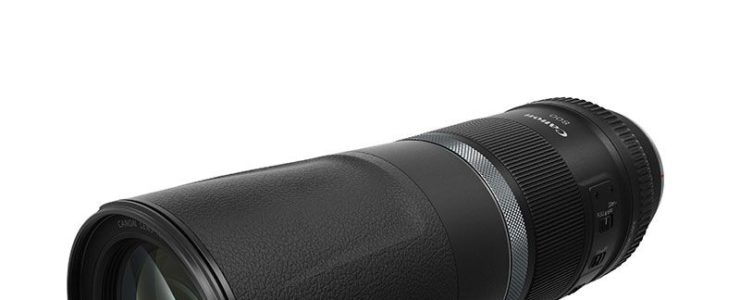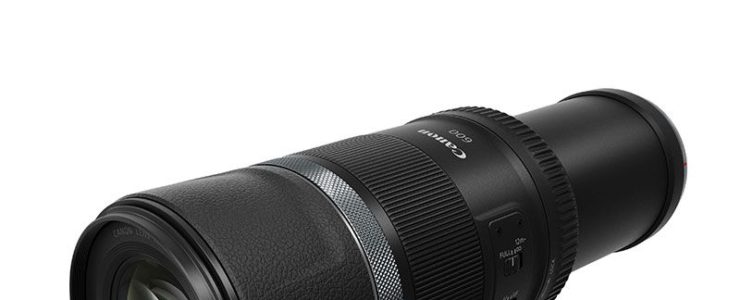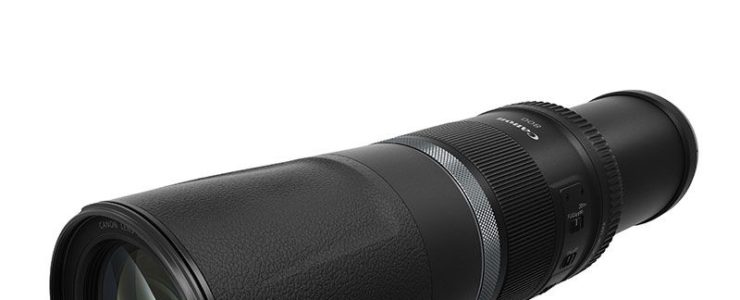Canon RF 800mm f/11 IS STM Review & Comparison With Tamron SP 150-600mm f/5-6.3
Canon released two unique lenses with the Canon RF 800mm f/11 IS STM and RF 600mm f/11 IS STM. Here is a review for the former.
Brent Hall reviews the Canon RF 800mm f/11 IS STM and compares it with the Tamron SP 150-600mm f/5-6.3 Di VC USD G2. Which one is the best budget wildlife lens?
At a glance:
- Super-telephoto prime is designed for use with full-frame Canon RF-mount mirrorless digital cameras
- Fixed f/11 aperture contributes to the sleek and portable form factor as well as a balanced mixture of depth of field and sharpness
- Gapless dual-layer diffractive optics contribute to a marked reduction in chromatic and spherical aberrations as well as benefit the design of a relatively compact and lightweight lens
- Retractable/extendable design, with a locking lens barrel, offers an impressively compact form factor considering the super-telephoto design
- An Optical Image Stabilizer helps to minimize the appearance of camera shake by up to four stops to better enable working in low-light conditions and with slower shutter speeds
- STM stepping motor offers fast, quiet, smooth, and accurate autofocus performance that is ideal for video recording as well as still shooting
- Configurable Control Ring can be used to adjust a variety of exposure settings, including aperture, ISO, and exposure compensation
- Compatible with optional Extender RF 1.4x and Extender RF 2x teleconverters to further increase the effective focal length.
Also interesting: an interview with the engineers who made these unique lenses.
Canon RF 600mm f/11
America: B&H Photo, Adorama, Amazon USA, Amazon Canada, Canon Canada, Canon USA
Europe & UK: Amazon DE, Amazon UK, Amazon IT, Canon IT, WEX Photographic, Canon FR, Canon UK, Canon DE
Canon RF 800mm f/11
America: B&H Photo, Adorama, Amazon USA, Amazon Canada, Canon Canada, Canon USA
Europe & UK: Amazon DE, Amazon UK, Amazon IT, Canon IT, WEX Photographic, Canon FR, Canon UK, Canon DE





